If you’re experiencing chronic low back pain and/or neck pain, and haven’t been able to find long-term relief with other treatment methods, Medial Branch Radiofrequency Ablation could be the solution you need.

Dealing with chronic pancreatitis or pancreatic cancer is enough of a life stressor, so adding abdominal pain on top of it can be an unbearable situation. Thankfully patients are able to find relief with a celiac plexus block, which is a minimally-invasive treatment option that provides either short-term or long-term pain relief for abdominal pain. In the Sugar Land, Missouri City, and Houston areas, the Texas Pain Care team can help alleviate crippling abdominal pain with a celiac plexus block, offering patients relief to focus on treating their medical conditions.
A celiac plexus block is a minimally-invasive injection treatment that provides relief from abdominal pain. Part of the nervous system, the celiac plexus is a bundle of nerves located behind the pancreas in the upper abdomen. It sits close to the aorta, which is the body’s largest blood vessel. The treatment is used to prevent or block the nerves from sending pain signals to the brain.
The celiac plexus nerves are responsible for sending signals to the brain from the digestive organs, which include:
The goal of a celiac plexus block is to treat chronic abdominal pain. Patients who are suffering from pancreatic cancer most often experience abdominal pain, which can be caused by the cancerous tumors as they grow and put pressure on the celiac plexus. Patients who have been diagnosed with pancreatitis, which is inflammation of the pancreas, can also benefit from a celiac plexus block because it can alleviate severe back pain and abdominal pain.
A celiac plexus block is an outpatient procedure, meaning you are able to return home the same day. The procedure is typically performed while the patient lies face down with a pillow under the hips. If needed, the provider will administer a sedation option to help the patient relax and be more comfortable. The provider will then clean and sterilize the area before applying a topical anesthetic to numb the area. Using fluoroscopy guidance, the provider will guide a needle into the back and into the celiac plexus, and inject a contrast dye solution to confirm correct placement. Once confirmed, the provider will remove this needle and inject another needle to deliver an anesthetic (to numb the nerves) and possibly steroid (to reduce inflammation).
The entire procedure could take up to an hour. Most patients experience immediate abdominal pain relief, while it could take up to 30 minutes for full relief to be felt. Patients are encouraged to rest or relax for the rest of the day after the procedure, possibly the next day as well. While results vary from person to person, most patients report feeling pain relief that lasted several weeks or even years. Additional blocks might be needed for more long-term relief.
There is another option, called a neurolytic celiac plexus block (also known as neurolysis), which is performed to permanently damage the celiac plexus nerves by injecting an alcohol substance, such as ethanol or phenol, into the celiac plexus. This prevents the nerves from sending any pain signals to the brain or spinal cord, and is a popular option for long-term relief for patients who are diagnosed with pancreatic cancer. Only one treatment is generally recommended.
You can also send us a message

The main benefit of a celiac plexus block is that it is a minimally-invasive option for helping patients suffering from pancreatic cancer or chronic pancreatitis finally find relief for abdominal pain. The majority of patients who receive a pancreatic cancer diagnosis are also experiencing extreme abdominal pain, stomach pain, and back pain. Eventually, nine out of 10 patients who have pancreatic cancer will experience abdominal pain.
While strong pain medications can prove helpful for relieving pain, they do have uncomfortable side effects like nausea, confusion and constipation. Additionally, patients still report feelings of pain, even with medication. This is referred to as “breakthrough pain,” where patients experience periods of intense pain, even while on medication. Offering patients a celiac plexus block not only provides more complete pain relief for a longer period of time (on average, about three to six months), but also allows patients not to rely on pain medications.
There are some risks associated with a celiac plexus block, which include:
While very rare, there are some additional complications that can occur as a result of the block, and include:
The main reason why these complications might occur is due to poor placement of the needle and subsequent injected medication. This is why it’s important to partner with a pain management specialist who is highly versed in celiac plexus blocks and who uses X-ray guidance to expertly place the needle in the celiac plexus.
In addition to a celiac plexus block, there are some at-home preventative measures patients can take to reduce the feelings of pain. These include:
It’s important to partner with a pain management specialist who can not only provide pain relief through medical treatment, but also can help with symptom management and supportive care.
If you are suffering from chronic abdominal pain as a result of your pancreatic cancer or pancreatitis diagnosis, the Texas Pain Care team in the Sugar Land, Missouri City and Houston areas is available to help with proper diagnosis and treatment with a goal to provide immediate and long-term pain relief. Having to battle pancreatic cancer and/or pancreatitis can be difficult enough without having to deal with debilitating abdominal pain, and our team is willing and able to provide as much comfort as possible.

If you’re experiencing chronic low back pain and/or neck pain, and haven’t been able to find long-term relief with other treatment methods, Medial Branch Radiofrequency Ablation could be the solution you need.

An epidural steroid injection is a popular treatment option for helping patients who suffer from chronic pain find the relief they need. The Texas Pain Care team is proud to specialize in Epidural Steroid Injection for Chronic Pain, offering a multi-faceted, minimally-invasive approach for short- and long-term pain management

If you experience pain in the back after a routine tennis match, or tingling in the legs after golfing, or even numbness in the feet after walking, spinal stenosis might be to blame. Spinal stenosis happens when the space inside the bones of the spine get too small, causing the nerves to become pinched and compressed.

Get out of pain
Get back to living
Treatments
Conditions
